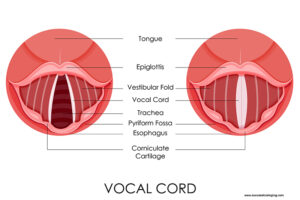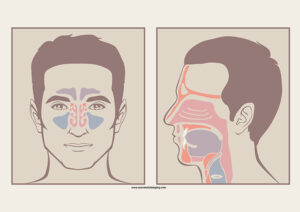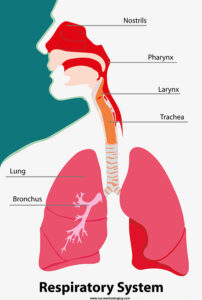Tone and Resonance
 Tone and Resonance
Tone and Resonance
Singing is produced by the same anatomical structures. Sound made by the vibration of the vocal cords as air from your lungs passes through them. Tone and resonance is the polishing of this sound wave before it is exhaled .
More information about breathing or about your voice here.
When you speak or sing, the vocal cords tighten up and move closer together. Air from the lungs is forced between them and makes them vibrate, producing the sound of our voice.

The frequency that your vocal cords vibrate will determine the pitch of your sound. They vibrate faster for higher-pitched sounds, slower for lower-pitched sounds. Male vocal cords tend to be longer and thicker and vibrate slower within the larynx, giving the male voice a deeper, lower sound. Female vocal cords tend to be shorter, thinner and vibrate more quickly, giving the female voice a higher and lighter sound.
If the mechanism of singing is the same for everyone, why do singers sound so different to each other?
It is the tone and resonance of your voice that sets us apart.
Your vocal cords produce the sound wave, but the tone and resonance can be altered by manipulating the different structures of your vocal tract.
Each and every one of our bodies is unique. We all look different to each other, we come in different shapes and sizes, different hair or eye colour etc, and the same applies to our insides.
With regards to singing, inside your head and throat, there are lots of wonderful shapes and cavities, such as:
- the size and thickness of your vocal cords/folds,
- the length and shape of your throat,
- your tongue,
- soft palate,
- oral and nasal cavity,
- sinuses etc.
These all help shape and polish the sound wave before we exhale, thus creating our own unique tone (timbre). From an early age, when we first start to speak, we learn how to shape these sound waves to communicate.
As a singer it is about learning to place and polish each note so that is sounds good.

For example. Try humming. Feel where it is resonating inside your head. Try a low note, then a higher note and feel the resonance shift inside your head.
Try playing on the the vowel sounds.
- Ah as in Apple
- Eh as in Air
- Ay as in Sky
- Oh as in Orange
- Ee as in Bee
- Oo as in Room
Different vowels will resonate differently for you. Choose a comfortable note to begin with. Push the sounds around inside your head. Move your tongue, purse your lips, open or close your mouth try squeezing the sound out of your ears or push it down to resonate in your chest. How does it feel? Does it sound nice?
Now try it on higher or lower notes. Does it change for you?
Learning to balance all of the factors that go into your tone quality like breath support and control, stability, flexibility, and strength are important when creating a new sounds with your voice. Working with a singing teacher or voice coach will allow you to explore your voice and will give you the tools you need to work on to developing your own tone and resonance.
Tone is what’s known as the colour or timbre of your singing voice. Every voice has a specific colour, which can be described as warm, dark, light or heavy . Two singers singing exactly the same notes will sound completely different to each other. The reason is tone.
Resonance is the amplification of the vibrations that create tone through and within your mouth, throat, sinuses and nasal passages. Large, full resonant tones are desirable in some styles of music but inappropriate in other styles. In musical terms this is known as timbre.
Chiaroscuro timbre is a musical term that is used universally to refer to the balancing of the light or clear (chiaro) and dark (oscuro) aspects of timbre, or balancing tonal brilliance and depth of the resonance.

 Tone and Resonance
Tone and Resonance

